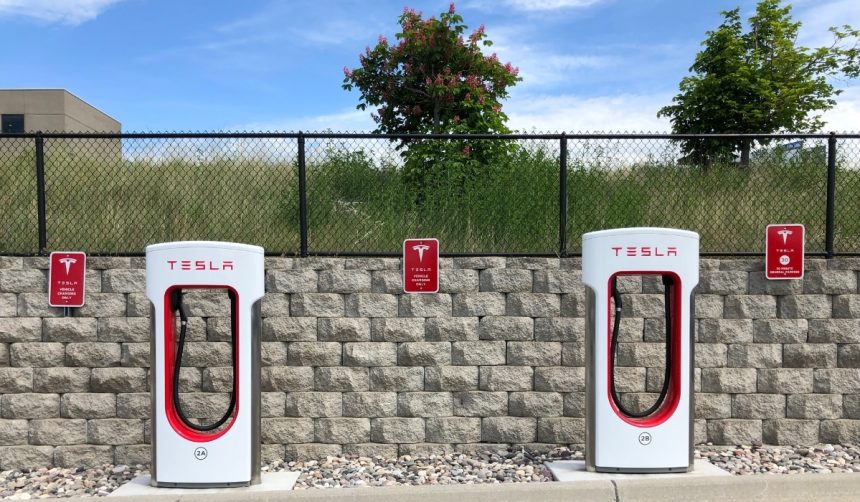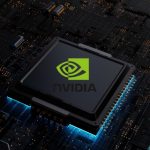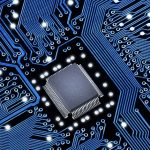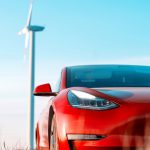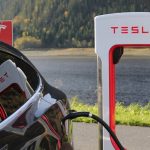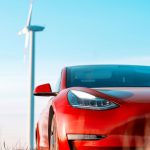Tesla’s much-anticipated Optimus robot has drawn attention after a recent demonstration video showed significant limitations in its abilities. In the video, Tesla CEO Elon Musk and Salesforce CEO Marc Benioff interacted with Optimus, highlighting its current struggles in even carrying out simple tasks. Many have wondered if the reality of humanoid robotics matches the ambitions set out by Musk. The demonstration raises questions about the efficacy and market readiness of such technology, particularly given its proposed high value and broad application claims. Investors and tech observers now await further updates to see whether improvements will follow or if expectations need recalibrating.
Developments around humanoid robots like Optimus have previously sparked conversations around their progress compared to competitors, such as Boston Dynamics’ Atlas, which showcased advanced mobility several years ago. Early presentations of Optimus also featured limited movement and interaction, with continuing skepticism about its ability to deliver on Musk’s ambitious projections. Most coverage has centered on the robot’s mechanical structure and practical usage, often noting that other models in the market displayed more refined motor skills and utility.
How Did Optimus Perform in the Recent Demonstration?
During the demonstration, the Optimus robot appeared to hesitate and move slowly when prompted to perform a simple action. After Benioff asked if it could find him a coke, Optimus replied, “Sorry I don’t… Have real-time info, but I can take you to the kitchen if you want to check for a coke there.” Despite this, Optimus struggled to initiate movement and eventually ambled awkwardly down an aisle. Elon Musk was heard off camera stating, “It’ll be able to walk a lot faster,” suggesting that enhancements are expected in the robot’s functionality.
What Are Industry Leaders Saying About the Robot?
Marc Benioff expressed optimism about Optimus, remarking,
“Elon’s Tesla Optimus is here! Dawn of the physical Agentforce revolution, tackling human work for $200K–$500K.”
He also congratulated Elon Musk and referenced the notion of Agentforce, a term he uses to denote advanced automation through robotics and AI. Musk, for his part, asserted off camera that improvements are on the horizon, but did not provide specifics regarding future updates beyond speed enhancements. Expectations remain high, with both leaders making bold claims about the robot’s potential, even as present capabilities lag behind the statements.
Is Optimus Meeting Market and Technical Expectations?
Current performance demonstrations suggest that Optimus has yet to reach the sophisticated stage boasted by its marketing. Observers have pointed out that the robot’s activities, including simple walking and object retrieval, seem rudimentary compared to other robots with similar price points and intended applications. Comments from technology enthusiasts indicate skepticism, particularly involving Optimus’ mechanical limitations and lack of practical utility, as the robot failed to complete a basic drink-fetching task and was noted to possess joint-less arms.
While both Musk and Benioff suggest that Optimus could eventually undertake a significant role in the workforce, technical hurdles remain apparent. Tesla’s claims that Optimus could comprise as much as 80% of the company’s value contrasts sharply with the robot’s capacity as displayed in the recent demonstration. The widespread rollout and adoption of such humanoid robots will likely depend on substantial software and hardware advancements, as well as proven reliability and expanded use cases. Users contemplating investment or adoption are advised to closely monitor further prototype developments and consider the relative performance of competitive products.
Humanoid robots continue to attract attention from both investors and the public, but bridging the gap between promotional claims and practical delivery remains a significant challenge. Comprehensive evaluation of efficacy, cost, and real-world application is indispensable in assessing whether such robots can justify high expectations and price points. Observing the evolution of robotics across companies offers valuable insights into realistic timelines for functional deployment, and emphasizes the necessity of measured optimism in a rapidly developing sector.
- The Tesla Optimus robot showed limited functionality in its public demonstration.
- Industry leaders expressed ambitions despite the robot’s slow and hesitant movements.
- Skepticism remains about the robot’s practical utility and market readiness.

